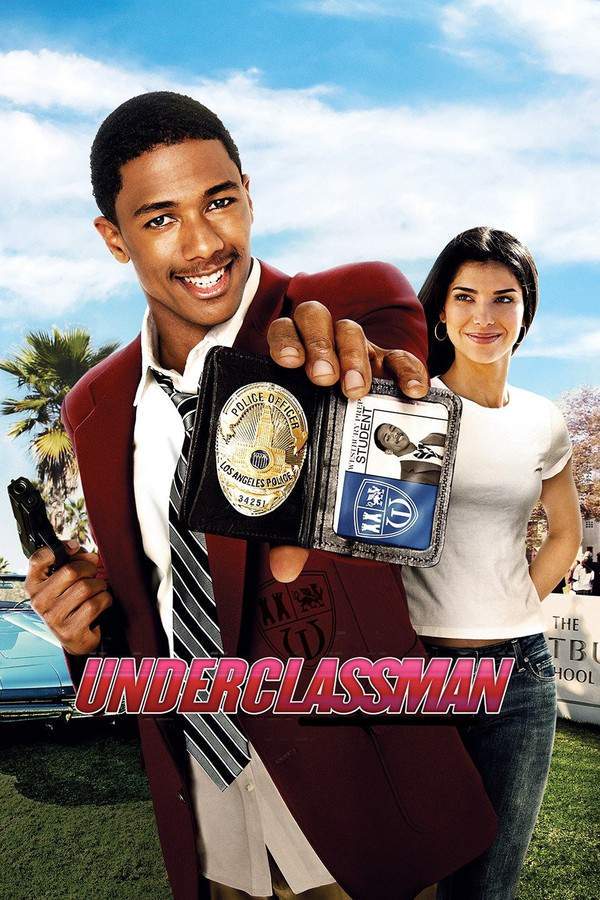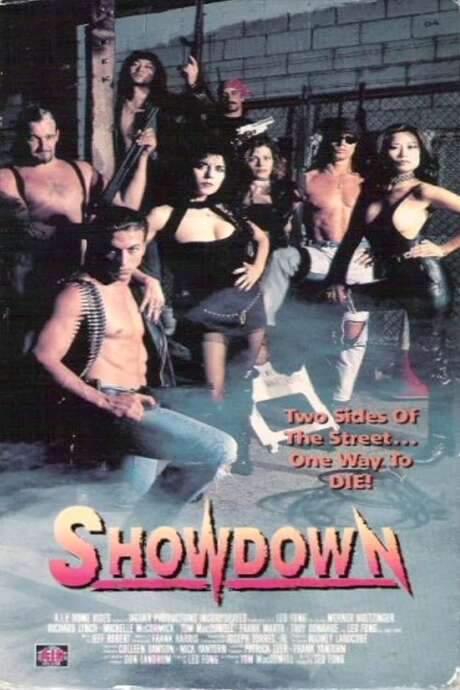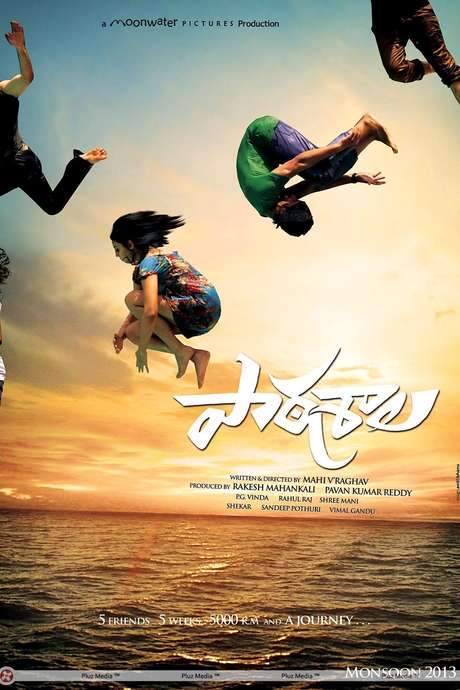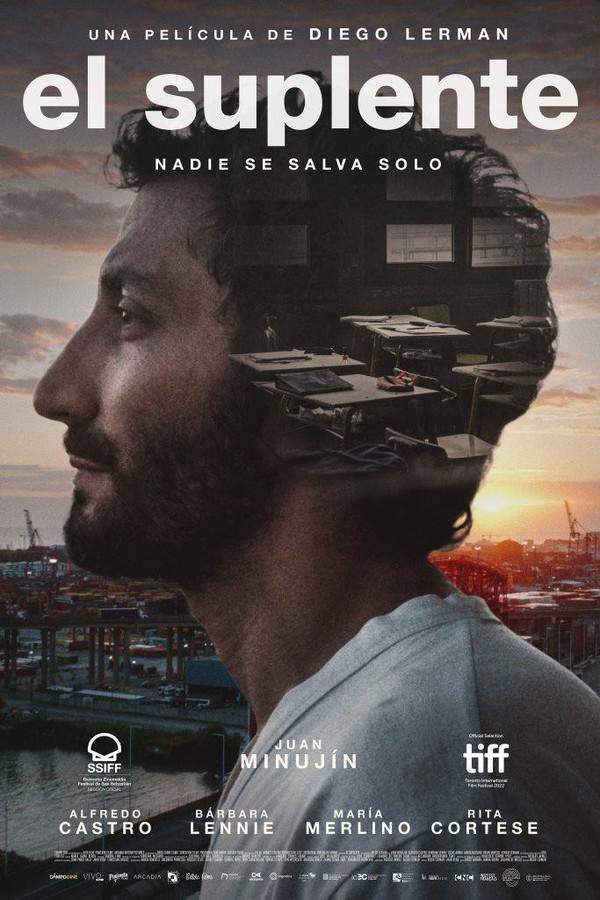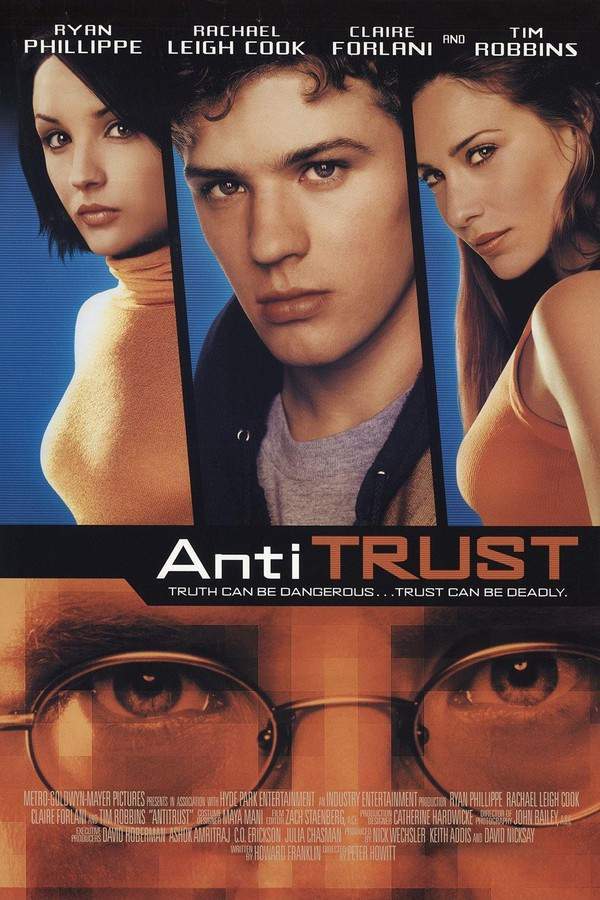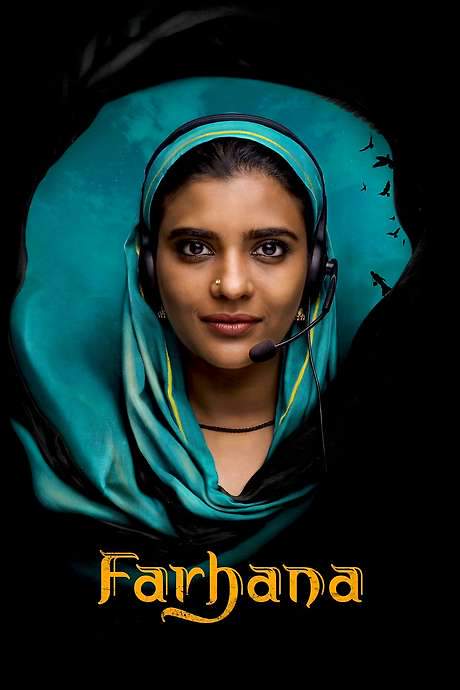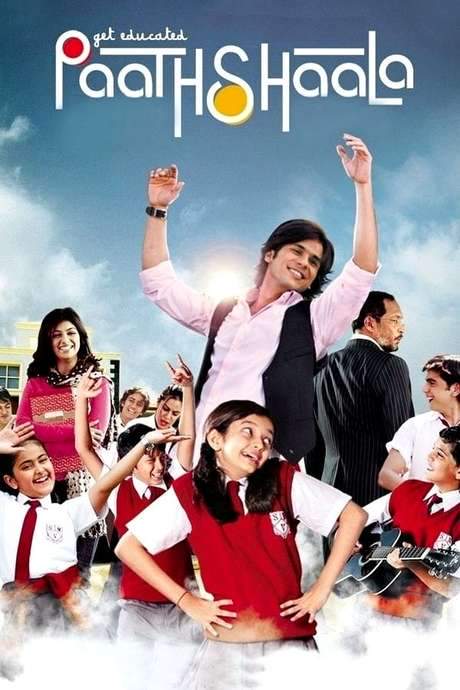
Paathshaala
Year: 2010
Runtime: 126 mins
Language: Hindi
Director: Milind Ukey
Get Educated A new English school teacher ends up leading both teachers and students to revolt against the school management.
Warning: spoilers below!
Haven’t seen Paathshaala yet? This summary contains major spoilers. Bookmark the page, watch the movie, and come back for the full breakdown. If you're ready, scroll on and relive the story!
Paathshaala (2010) – Full Plot Summary & Ending Explained
Read the complete plot breakdown of Paathshaala (2010), including all key story events, major twists, and the ending explained in detail. Discover what really happened—and what it all means.
Rahul Udyavar joins Saraswati Vidya Mandir, a well-regarded school on the outskirts of Mumbai in Mirpurkhas, as a new English teacher. Right from his first days, he earns the trust and warmth of both students and faculty, setting a calm, confident tone in a place that prides itself on tradition and excellence. The school’s principal, Aditya Sahay, is a stern, no-nonsense figure who has built a reputation for turning out top-tier educators and students, and his leadership becomes a defining thread throughout the story. On hearing about Rahul’s musical talent, Aditya asks him to also lead the music class, expanding Rahul’s role and deepening his ties with the school community.
From the outset, Rahul finds himself in a bustling, occasionally tense environment where the school’s finances and reputation are constantly under the microscope. A staff meeting headed by Aditya lays bare the anxiety over dwindling funds, fierce local competition, and the nagging sense that Saraswati Vidya Mandir is no longer the default destination for gifted students. Aditya promises a forthcoming email detailing new policies aimed at revitalizing the school, and Rahul quickly becomes a bridge between students and teachers as he navigates these growing pains with tact and empathy. The staff roster includes a tight-knit group: the hard-working Lallan Sharma, the nutritionist Anjali Kapoor, the diligent Farooque Sir, the Marathi teacher [Mrs. Shinde], the geography teacher Mrs. Bose, the strict peon Waghmare, and others who all react to Rahul’s arrival in different ways. The younger students also feel the ripple effect of the new energy, with Vikram “Vicky” Bhatnagar taking a keen interest in Natasha Singh, while Rahul and Anjali’s paths begin to cross more frequently through classroom interactions and hostel life.
As Rahul settles in, the school unveils a bold, controversial plan to resuscitate its fortunes. The resurgence scheme calls for stretching class sizes from a comfortable forty to as many as sixty-five, or cutting staff to fund broader programs. Extracurricular participation becomes a mandatory banner, and the emotional and financial strain of the plan begins to show in the days that follow. The measure to increase class strength is met with resistance from both the students and parents, and a wave of discontent sweeps through the classrooms. The management’s decisions intensify when Aditya introduces a package of draconian cost-cutting and revenue-raising steps: lunch coupons rise from Rs 5 to Rs 10, students are pressed to buy sports equipment and other gear through the school, junk food like chips and soft drinks finds a place on campus, and the price of music instruments—central to Rahul’s teaching—becomes another financial burden for families.
The discontent spills over into the corridors and fields. Parents voice their anger over the continuous charges, and the mood among students grows tense as the school’s finances become a daily topic. When a student’s family struggles to pay, the administration’s pressure translates into punitive measures—students who fall behind are made to endure the scorching sun while waiting for parents to settle accounts. In a show of solidarity, Rahul steps in to help by paying the fees for those who cannot, a move that deepens his standing with the students and signals his willingness to stand up for them.
Rahul’s influence begins to widen as he, together with Anjali, builds a united front against some of the harsher policies. The two teachers form a coalition with the sports instructor, Mr. Chauhan, to challenge the administration’s approach while staying true to their shared commitment to the students’ well-being. Aditya, though known for his devotion to the school’s mission, defends the management’s strategies with a veteran educator’s perspective, a stance that shocks colleagues who respect him and who have trusted his integrity for decades. The uneasy balance between progress and principle comes to a head as the staff grapples with the sense that the school’s values are being compromised in pursuit of expansion and publicity.
When the staff contemplates resigning to force a rollback, they discover Aditya has already prepared an alternate staff list ready to step in at a moment’s notice. The plan to resign loses steam, but the rift between administration and teachers deepens. The drive to rebuild Saraswati Vidya Mandir’s public image grows more aggressive as the school enlists media planners and pushes the students into reality TV timelines and other publicity-driven activities. The pressure to perform for cameras pushes the students toward heightened stress and moral discomfort, and scenes of grueling shoots, extended performances, and the constant demand for ratings highlight the darker side of school branding.
The story follows a harrowing arc where the push for public visibility begins to erode the students’ academic and personal safety. There are repeated incidents that underscore the clash between sensational media exposure and the core purpose of education. The idea of using kids as a public-facing brand leads to a cascade of stress, including demanding stunts like extended hot-sun performances and highly scrutinized auditions that threaten to undermine self-esteem and morale. A national conversation about the commercialization of education starts to form as the realities students face become the focal point of anger and concern.
With the strike gaining momentum, Rahul becomes the central conscience of the movement. He supports the students and the sympathetic teachers, emboldening them to stand up for safer, more humane conditions. Another key moment arrives when Aditya finally narrates the truth behind the school’s financial pressures: the board and chairman Mr. Dholakia pressured him to boost revenue without offering corresponding funds, threatening to shut the school if profits didn’t improve within a year. Faced with stark choices and the fear of losing the institution he loves, Aditya chooses to northernly acknowledge the pressure and, in a difficult but honest revelation, contemplates stepping down.
The revelation prompts a compassionate response from the staff and students, who rally around Aditya and argue against allowing the school’s principles to be bent beyond repair. The public and media scrutiny that follows is harsh and unforgiving toward the broader trend of commercialization, and it contributes to a renewed sense of purpose among the school’s community. In the end, the collective voice of teachers and students—not just Rahul’s leadership but a shared commitment to integrity—appears to win out, and the principal’s role is vindicated in the eyes of those who value education over spectacle.
Throughout this unfolding, the film paints a nuanced portrait of ambition, loyalty, and the fragile line between progress and principle. It presents a portrait of a school community that must navigate financial pressures, the allure of publicity, and the enduring belief that education should be about nurturing young minds rather than turning them into public commodities. The resolution underscores a return to core values, with the staff and students standing together to reclaim a more humane, principled path for Saraswati Vidya Mandir. The story closes on a hopeful note, suggesting that truth, mutual support, and a recommitment to pedagogical integrity can prevail even amid intense external pressures, and that a school can reestablish its identity by putting the well-being of its students first.
Last Updated: October 01, 2025 at 10:24
Explore Movie Threads
Discover curated groups of movies connected by mood, themes, and story style. Browse collections built around emotion, atmosphere, and narrative focus to easily find films that match what you feel like watching right now.
Institutional Rebellion Movies like Paathshaala
Stories where a community unites against a corrupt or exploitative system.Find more movies like Paathshaala where a community fights back against a corrupt system. These similar dramas focus on tense standoffs, collective action, and hopeful endings, perfect if you enjoyed the story of students and teachers uniting for justice.
Narrative Summary
Narratives in this thread typically follow a linear structure: a beloved institution introduces exploitative or unethical new policies, causing stress and moral conflict. A charismatic leader or a group of principled individuals inspires a collective resistance, leading to tense confrontations with management. The climax involves a public or dramatic act of defiance, culminating in a victory that restores integrity and hope.
Why These Movies?
Movies are grouped here because they share a core narrative of fighting systemic injustice from within, a steady pacing that builds tension through confrontation, and a tonal mix of stress and uplifting solidarity. They explore similar themes of financial pressure, ethical compromise, and the power of unity.
Tense Hopeful Dramas Similar to Paathshaala
Dramas that navigate stressful real-world conflicts but end on a note of hope.If you liked the tense but ultimately hopeful vibe of Paathshaala, explore these similar movies. They blend stressful real-world conflicts with uplifting resolutions, focusing on themes like social justice, ethical fights, and community strength without graphic violence.
Narrative Summary
The emotional journey in these films is defined by a steady build-up of tension and stress as characters face a significant societal or institutional challenge. The central conflict is psychological and moral, rather than physically violent. The narrative avoids major twists, focusing instead on a straightforward progression from problem to principled resistance, culminating in a conclusion that validates the struggle and offers a sense of earned hope.
Why These Movies?
These movies are grouped by their distinctive tonal balance: they maintain a tense, stressful atmosphere throughout due to a serious central conflict, yet they deliberately avoid a bleak or dark conclusion. The shared experience is one of navigating difficulty with the promise of a positive outcome, making them engaging but not emotionally devastating.
Unlock the Full Story of Paathshaala
Don't stop at just watching — explore Paathshaala in full detail. From the complete plot summary and scene-by-scene timeline to character breakdowns, thematic analysis, and a deep dive into the ending — every page helps you truly understand what Paathshaala is all about. Plus, discover what's next after the movie.
Paathshaala Timeline
Track the full timeline of Paathshaala with every major event arranged chronologically. Perfect for decoding non-linear storytelling, flashbacks, or parallel narratives with a clear scene-by-scene breakdown.

Characters, Settings & Themes in Paathshaala
Discover the characters, locations, and core themes that shape Paathshaala. Get insights into symbolic elements, setting significance, and deeper narrative meaning — ideal for thematic analysis and movie breakdowns.

Paathshaala Spoiler-Free Summary
Get a quick, spoiler-free overview of Paathshaala that covers the main plot points and key details without revealing any major twists or spoilers. Perfect for those who want to know what to expect before diving in.

More About Paathshaala
Visit What's After the Movie to explore more about Paathshaala: box office results, cast and crew info, production details, post-credit scenes, and external links — all in one place for movie fans and researchers.



